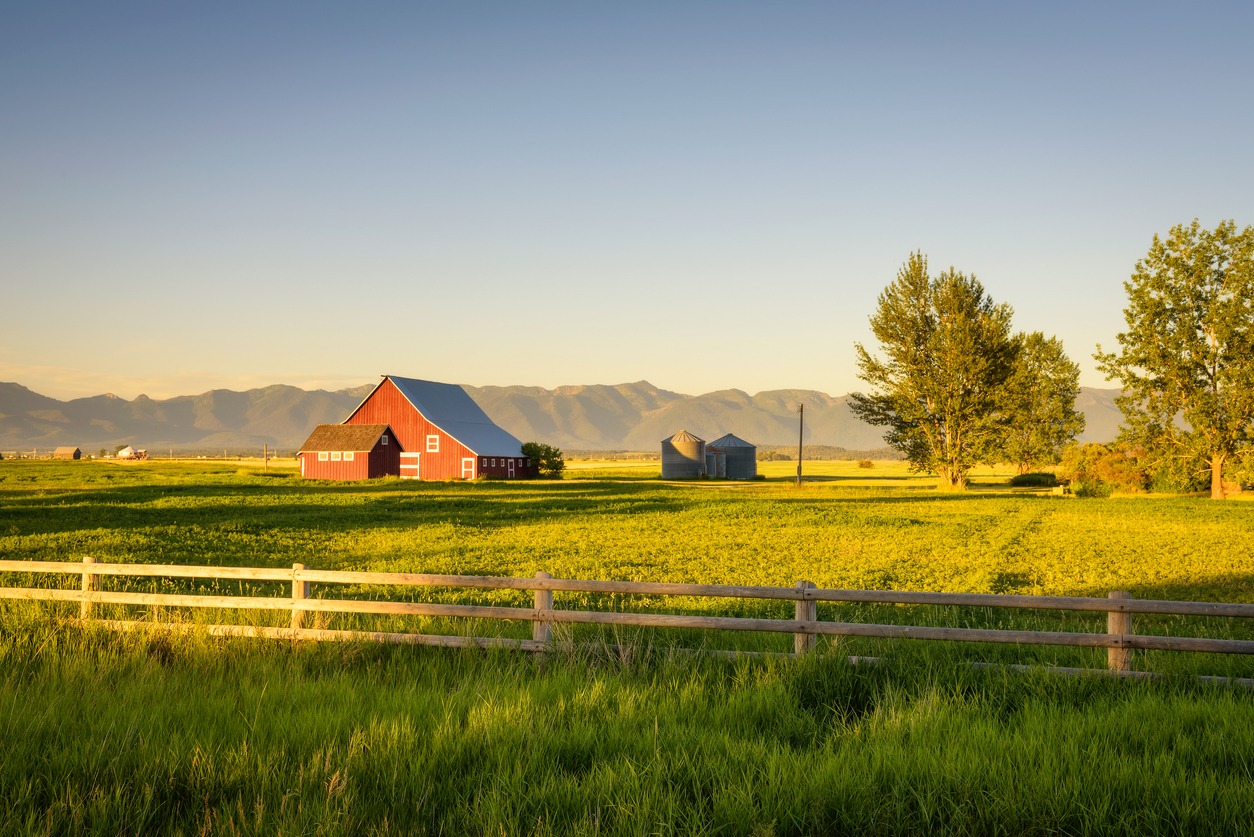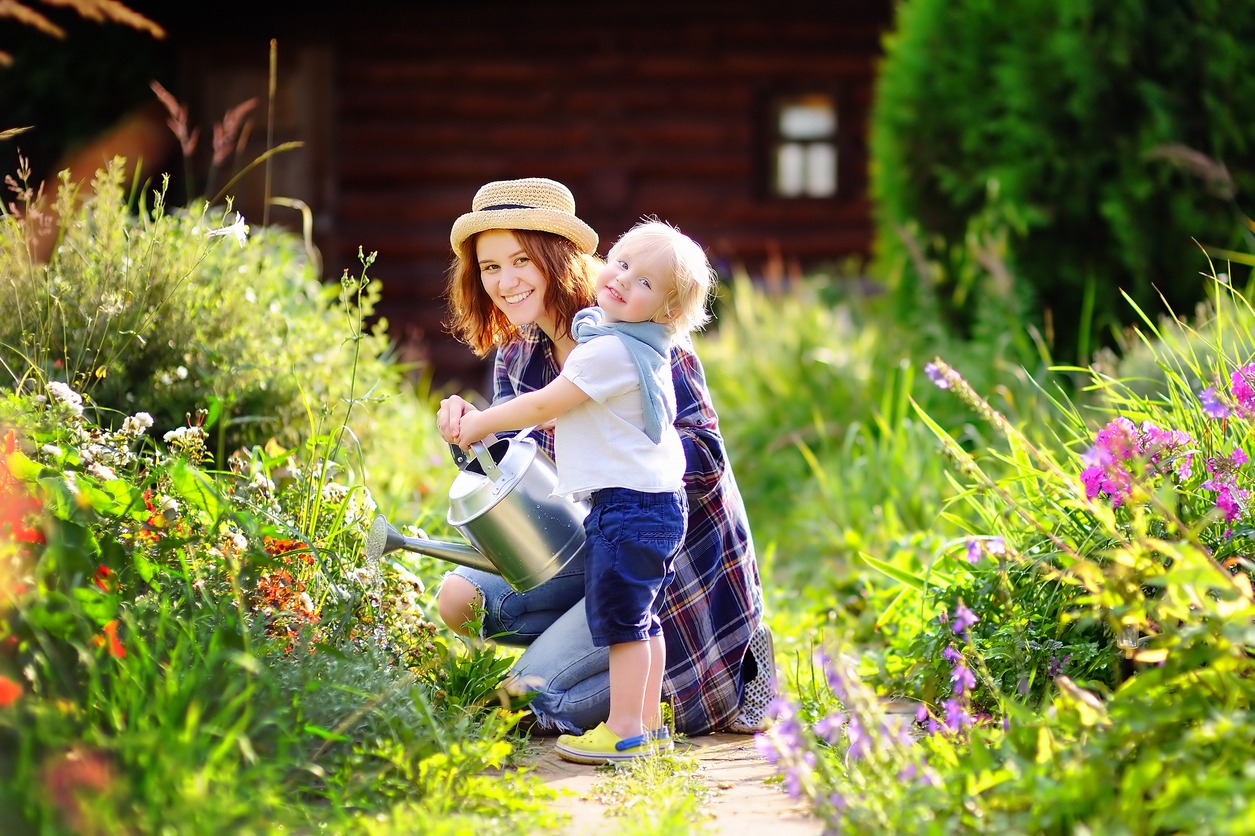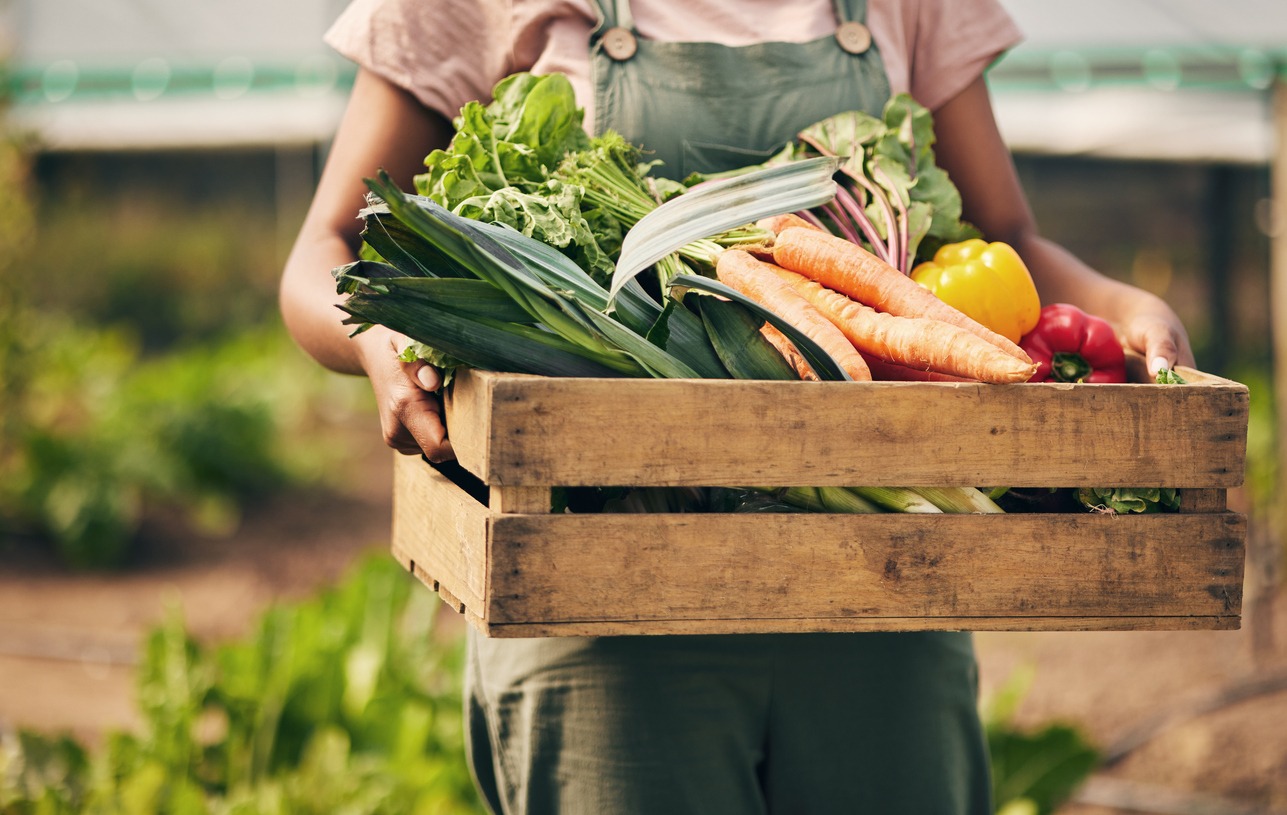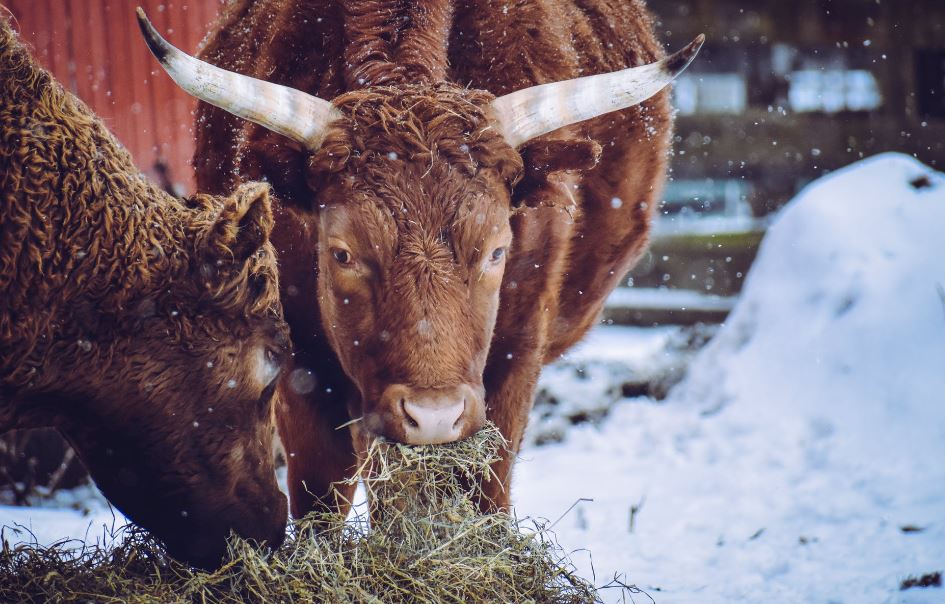Homesteading and Self-Sustainability: Why They Go Hand-in-Hand
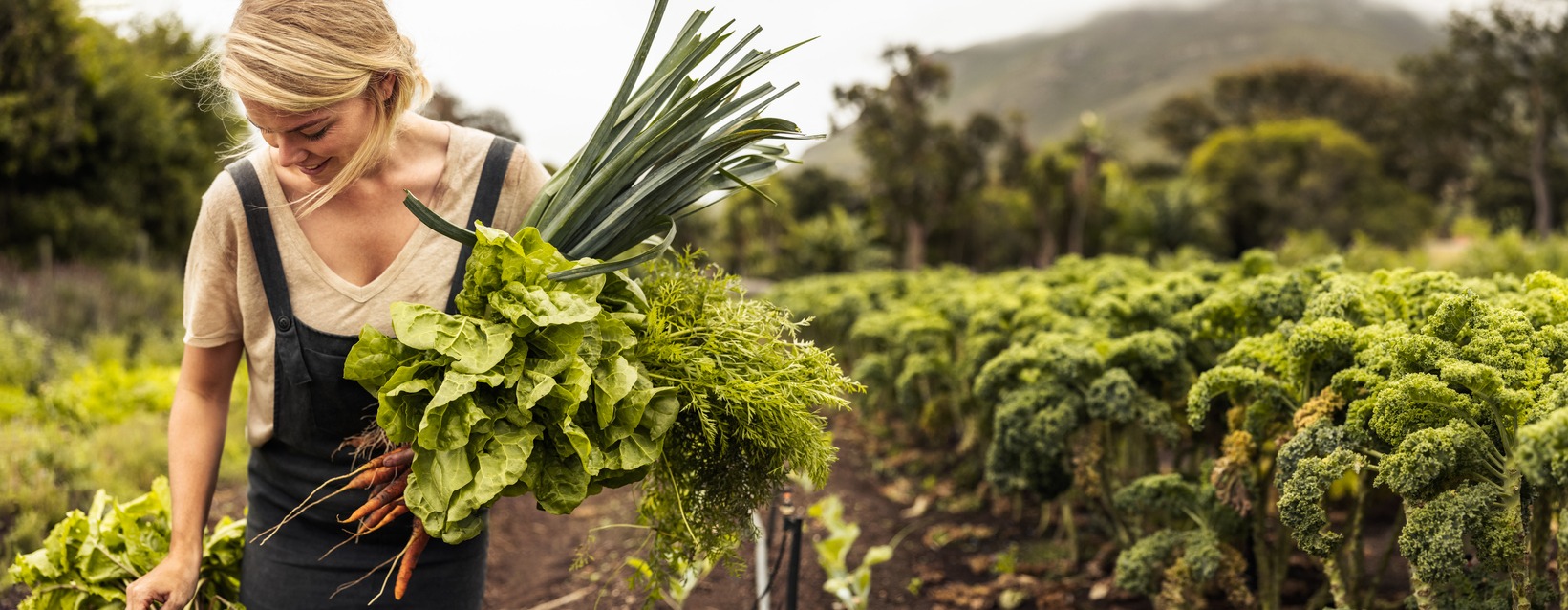
In today’s fast-paced world, many people feel disconnected from the resources they depend on for survival. Homesteading and self-sustainability offer a way to reclaim that connection, empowering individuals and families to live more independently while treading lightly on the planet. These two practices work seamlessly together, creating a lifestyle that’s not only practical but also deeply rewarding.
When you grow your own food, preserve your harvest, and harness renewable energy, you establish a sustainable cycle that benefits both you and the environment. Whether you’re working with a sprawling piece of land or a modest backyard, integrating homesteading with self-sustainability can transform how you live, one step at a time.
The Roots of Self-Sufficiency
Homesteading is far from a new idea—it’s a time-tested way of life with roots in history. The Homestead Act of 1862 in the United States is a well-known example. It granted land to families who were willing to settle and cultivate it, laying the foundation for self-reliance. But the principles of homesteading stretch back even further, rooted in the basic human need to live off the land and work in harmony with nature.
Early homesteaders had no choice but to adopt sustainable practices. Crop rotation kept their soil fertile, animal husbandry provided food and labor, and water collection ensured survival during dry spells. They reused and repurposed everything they could, creating systems that minimized waste and maximized productivity. While these methods were born out of necessity, they align perfectly with today’s sustainability goals.
The lessons from those early pioneers remain relevant. Modern homesteaders blend these traditional practices with today’s technology, creating systems that meet current needs while respecting the environment. Whether you’re looking to grow food, generate energy, or simply reduce waste, understanding these historical practices can guide your efforts and show you what’s possible.
Why History Matters Today
The ingenuity of early homesteaders proves that self-sufficiency isn’t just about surviving—it’s about thriving. By adopting their methods and tailoring them to modern life, you can create a homestead that’s efficient, sustainable, and resilient. History provides a roadmap, showing us how people thrived with fewer resources and a stronger connection to the land.
Growing Your Own Food
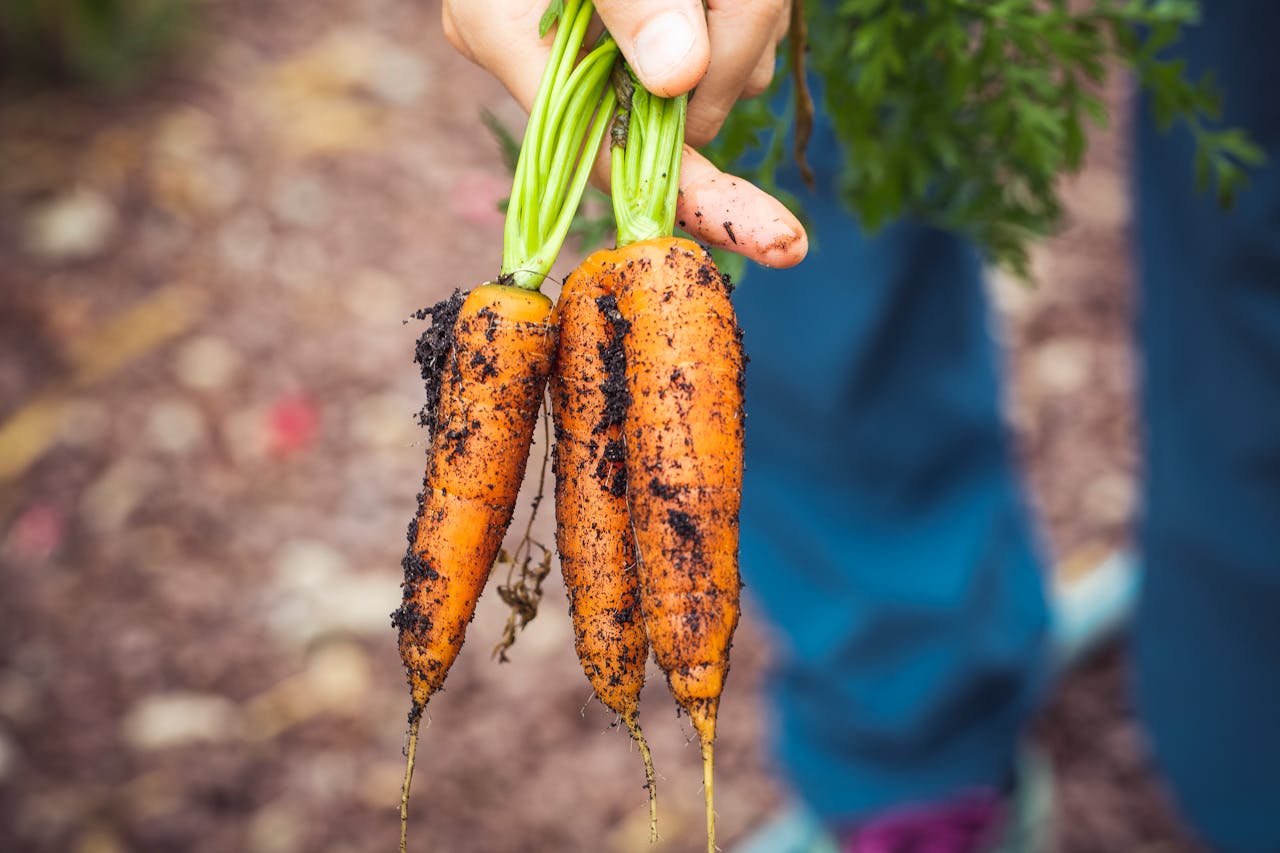
Growing your own food is one of the most practical and satisfying steps toward self-sustainability. It gives you control over what you eat, reduces your dependence on grocery stores, and fosters a deeper connection with the natural world. Plus, there’s nothing quite like the satisfaction of preparing a meal with ingredients you’ve grown yourself.
Start Small and Focus on Staples
If you’re new to gardening, start with staple crops that are easy to grow and yield reliable harvests. Potatoes are a great choice because they’re versatile and can produce a significant amount of food. Beans, rich in protein, are another staple that also improves soil health by fixing nitrogen. Squash, known for its long shelf life, is a homesteading favorite.
Experiment with companion planting to make the most of your garden space. For example, the “three sisters” method—growing corn, beans, and squash together—has been used for centuries. Each plant supports the others, creating a natural balance that boosts productivity and sustainability.
Expand to Perennials and Wild Foods
Once you’ve mastered the basics, consider adding perennials like fruit trees, asparagus, and berry bushes. These plants require less maintenance than annual crops and provide consistent yields year after year. Foraging is another way to diversify your diet while learning about your local ecosystem. Wild edibles like mushrooms, purslane, and dandelions can complement your garden harvest.
Grow More, No Matter Your Space
If space is limited, don’t worry. Urban homesteading is growing in popularity, with solutions like vertical gardening, container planting, and hydroponics making it possible to grow food almost anywhere. Even a small balcony or sunny windowsill can become a productive growing space.
Taking the time to grow your own food isn’t just about saving money or eating healthier—it’s about building a lifestyle that’s more independent and connected to the rhythms of the earth.
Preserving Food for the Future
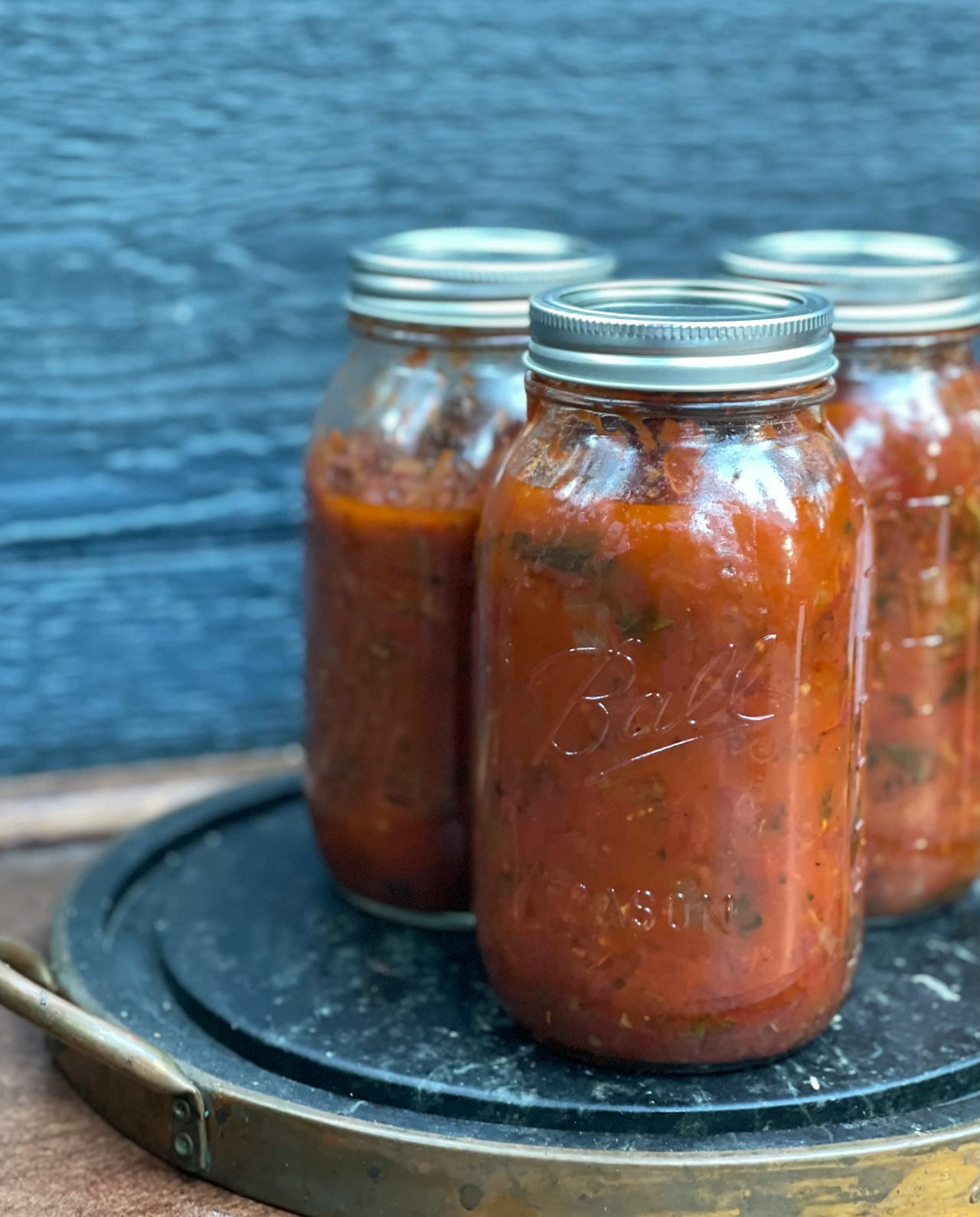
When your garden starts yielding more than you can eat, it’s time to think about preservation. Storing food for later is a cornerstone of homesteading and an essential part of achieving self-sustainability. Proper preservation ensures nothing goes to waste and provides you with a reliable supply of food throughout the year.
Master the Basics of Canning and Freezing
Canning is a tried-and-true method for preserving everything from fruits and vegetables to sauces and soups. It’s a bit of an investment in time and equipment upfront, but the rewards are long-lasting. High-acid foods like tomatoes and jams are perfect for water bath canning, while low-acid foods like green beans require pressure canning for safety.
Freezing is another straightforward way to preserve food. From blanching and freezing vegetables to storing pre-cooked meals, this method is convenient and versatile. Just make sure you have enough freezer space to handle your harvest.
Try Dehydrating and Fermenting
Dehydrating is a great way to preserve herbs, fruits, and even meat. Dried foods are lightweight, space-efficient, and retain much of their nutritional value. Fermenting, on the other hand, adds a whole new dimension to food preservation. Foods like sauerkraut, kimchi, and yogurt not only last longer but also offer gut-friendly probiotics.
Minimize Waste with Zero-Waste Practices
Preservation and zero-waste practices go hand in hand. Composting kitchen scraps turns what might otherwise be garbage into valuable fertilizer for your garden. Saving seeds from your crops ensures you’ll have a steady supply of plants for the next growing season without needing to buy more.
Preserving your harvest isn’t just practical—it’s empowering. It gives you the ability to feed yourself and your family year-round while making the most of everything you grow.
Powering Your Homestead Using Renewable Energy
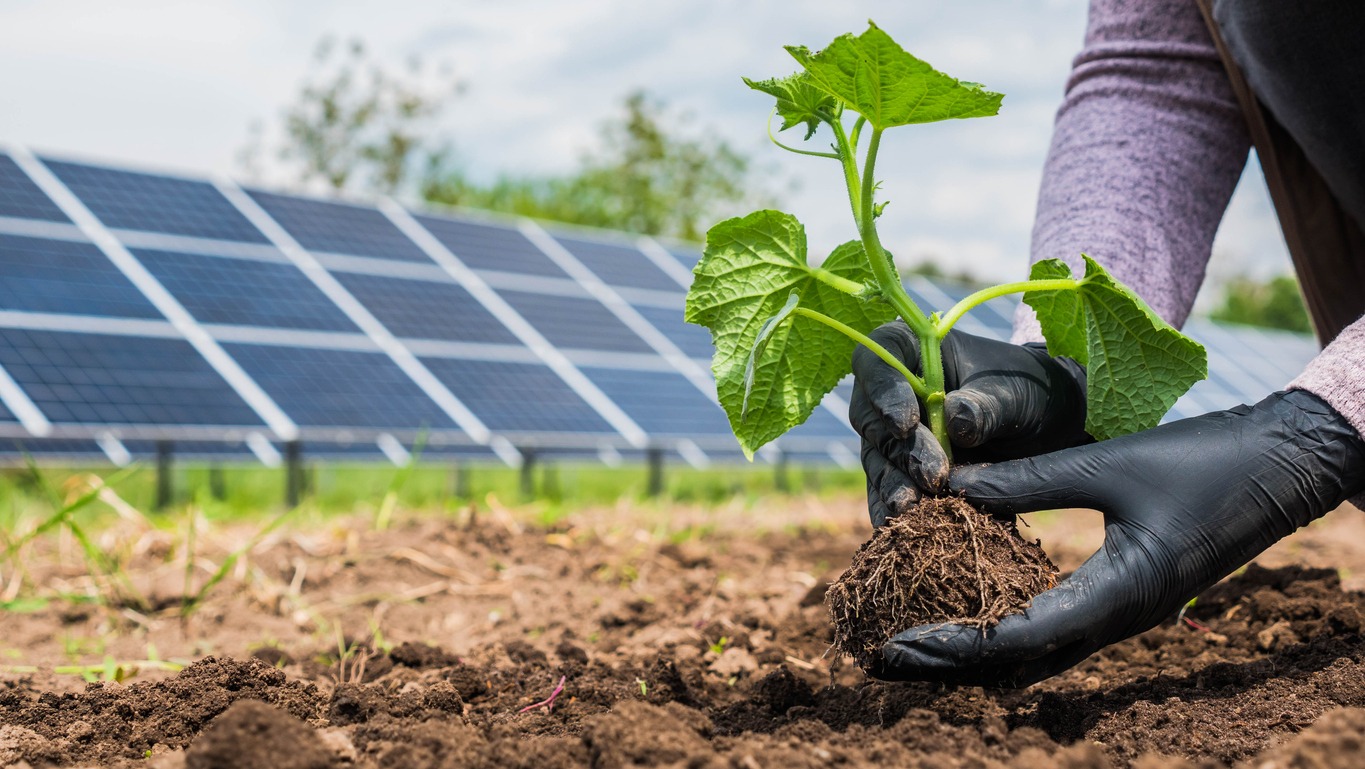
Energy independence is another key element of self-sustainability. Transitioning to renewable energy not only reduces your reliance on traditional power grids but also minimizes your environmental footprint. With a range of technologies available today, it’s easier than ever to incorporate renewable energy into your homesteading efforts.
Tap into Solar and Wind Energy
Solar panels are a popular choice for homesteaders, offering a clean and renewable source of energy. They’re versatile and can be scaled to suit your needs, whether you’re powering a small off-grid cabin or supplementing your home’s electricity. Wind turbines are another effective option, particularly if you live in an area with consistent wind patterns.
Consider Geothermal and Biomass Systems
For heating and cooling, geothermal systems use the stable temperatures underground to regulate your home’s climate. They’re efficient and require minimal ongoing maintenance. Biomass heating systems, which burn organic materials like wood or crop waste, are another sustainable option for reducing reliance on fossil fuels.
Don’t Overlook Micro-Hydro and Storage
If your property has a stream or river, a micro-hydro system could provide a consistent source of energy. To ensure you always have power, consider pairing renewable energy systems with battery storage. This allows you to store excess energy for use during cloudy days or windless nights.
Renewable energy doesn’t just lower your utility bills—it also makes your homestead more resilient to disruptions in the grid.
Collaborating with Other Homesteaders
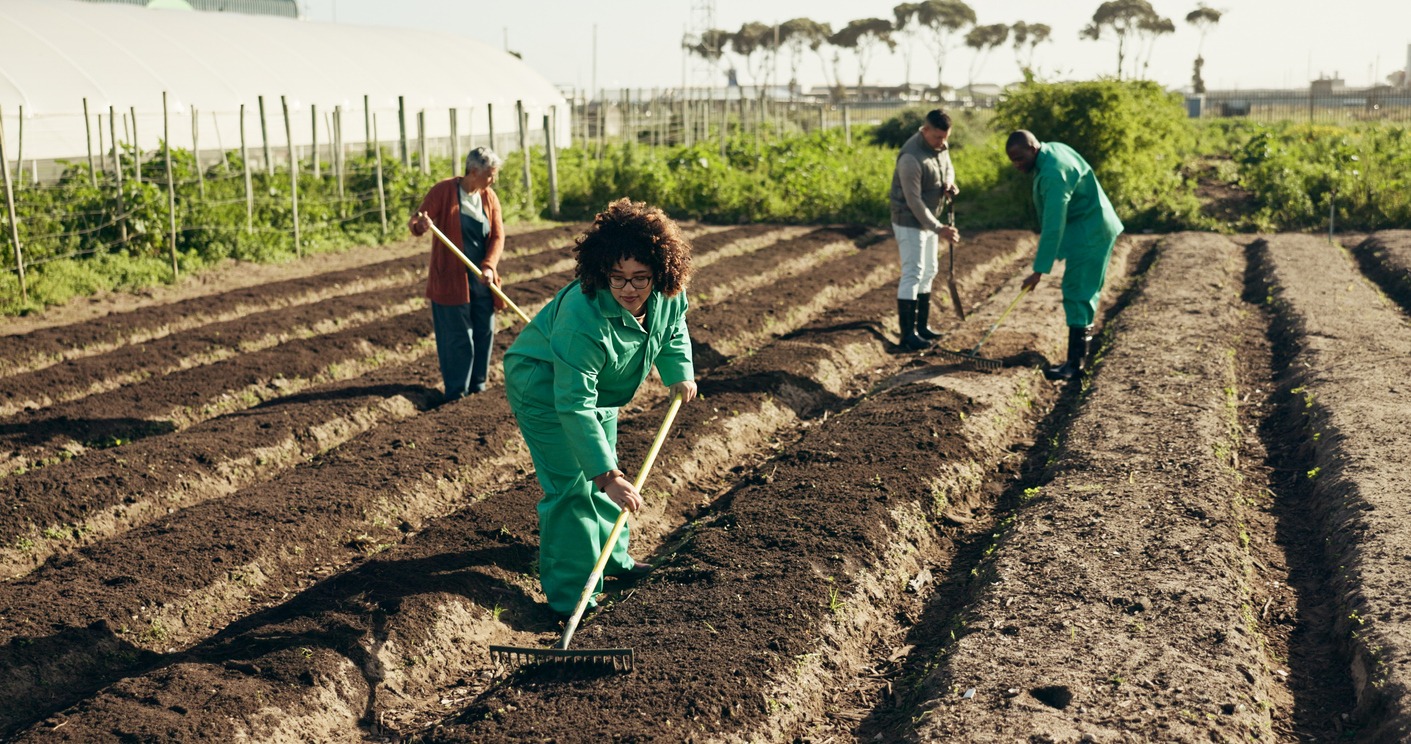
While homesteading often focuses on self-reliance, no one thrives in isolation. Building relationships with other homesteaders and like-minded individuals creates a network of support and shared resources that strengthens everyone’s efforts.
Share Tools and Resources
Community gardens and tool libraries are fantastic ways to share resources. They allow you to access equipment and knowledge without the cost of ownership, making homesteading more accessible and collaborative.
Learn and Teach Traditional Skills
Workshops, meetups, and online communities are great places to learn new skills or pass on what you know. Whether it’s preserving food, making soap, or building a chicken coop, these gatherings keep traditional knowledge alive and foster a sense of shared purpose.
Prepare Together
Resilient communities also prepare for emergencies together. By pooling resources, sharing food, and supporting each other, homesteaders can weather challenges more effectively than they could alone.
Building a community doesn’t dilute your self-sufficiency—it strengthens it. Together, you can achieve more than you ever could on your own.
Practical Tips for Success
Homesteading is a rewarding journey, but it’s not without its challenges. Whether it’s a lack of time, limited space, or the steep learning curve of new skills, every homesteader faces obstacles. The key is to approach these challenges with patience and a willingness to adapt.
Start Small
It’s tempting to dive into every aspect of homesteading at once, but starting small is often the smarter choice. Plant a few herbs, preserve a single batch of fruit, or try one renewable energy project. Success in these small endeavors will build your confidence and motivate you to tackle larger goals.
Keep Learning
Homesteading is as much about mindset as it is about skills. There’s always something new to learn, whether it’s through books, online tutorials, or conversations with experienced homesteaders. Embrace the process and be open to trial and error.
Plan and Prioritize
Having a clear plan helps you stay organized and focused. Prioritize the projects that will make the biggest impact on your self-sufficiency, and tackle them one at a time.
Challenges will come, but so will the satisfaction of overcoming them. Each step brings you closer to the independence and sustainability you’re striving for.
Conclusion
Homesteading and self-sustainability aren’t just about growing food or saving energy—they’re about creating a life that’s rooted in independence, resilience, and harmony with nature. Every step, no matter how small, contributes to a more sustainable and fulfilling lifestyle.
Whether you’re planting your first garden, preserving your harvest, or connecting with others in your community, homesteading offers endless opportunities to grow, learn, and thrive. The journey is yours to shape—and the rewards are well worth the effort.

